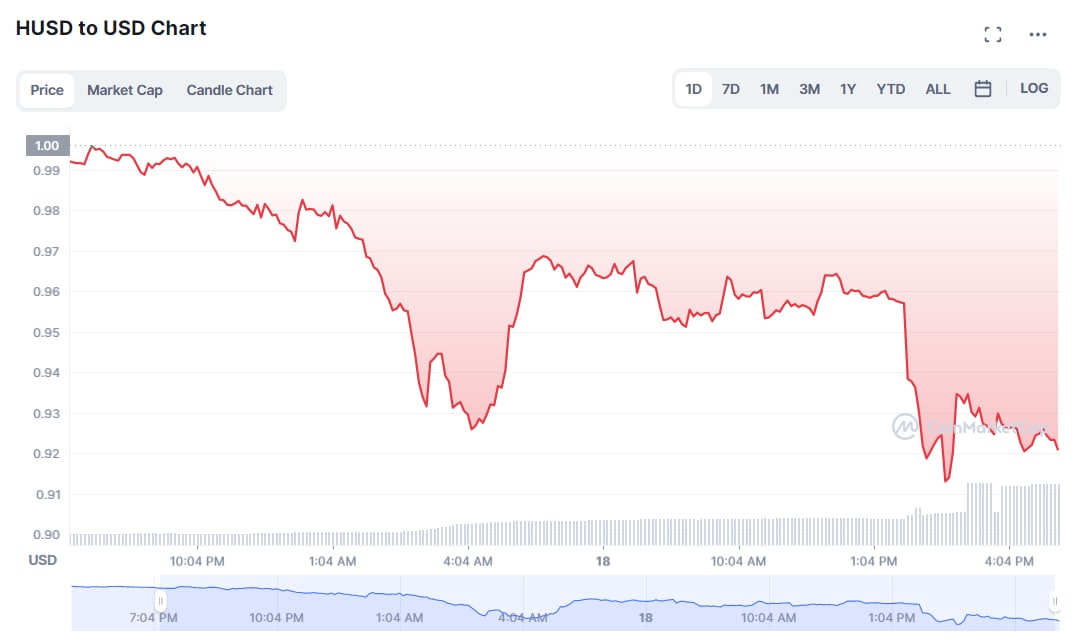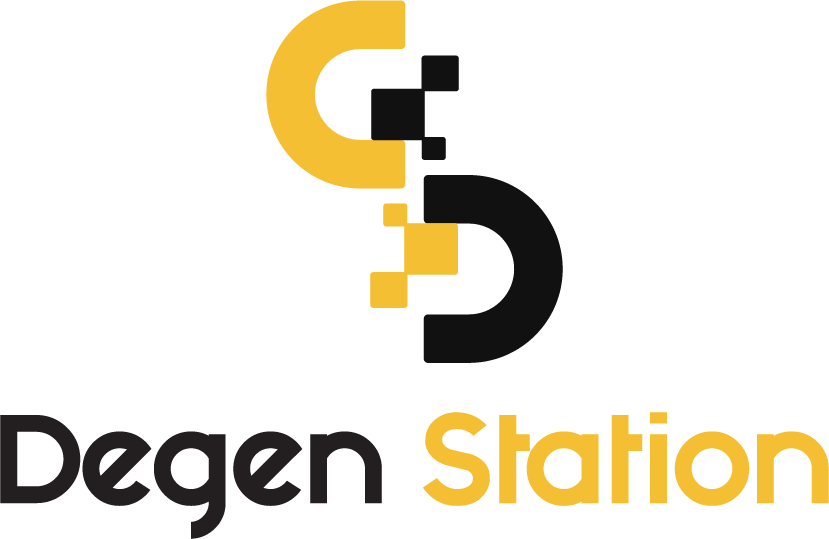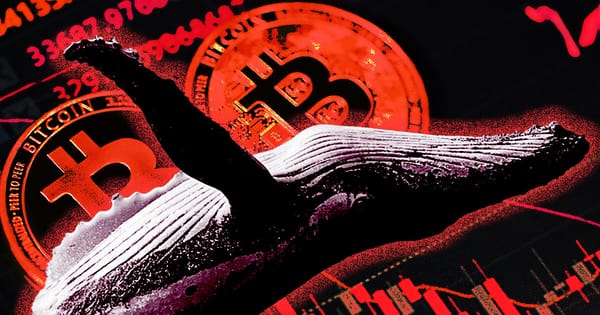HUSD Unexpectedly Depegs: Huobi's Explanation

This afternoon, HUSD, the stablecoin issued by Stable Universal, unexpectedly deviated from its $1 peg. What happened?

HUSD Unexpectedly Depegs: Huobi's Explanation
Update August 19:
After over 12 hours of the depeg incident, HUSD has provided an official explanation this morning. They had to freeze several customer accounts (including Market Makers) to comply with legal requirements in certain regions. The time zone differences in bank transactions led to liquidity issues, which have now been resolved.
Recently, we had made the decision to close several accounts in specific regions to comply with legal requirements, which included some market maker accounts. Due to the time difference in banking hours, this resulted in a short-term liquidity problem but has since been resolved.
— HUSD (@Stablecoin_HUSD) August 19, 2022
A representative from Huobi contacted Coin68 moments ago, confirming that they do not own or issue HUSD; it is a stablecoin issued by Stable Universal. Huobi Global merely lists HUSD like other tokens. The exchange added that they immediately contacted Stable Universal when the incident occurred to find a resolution and always prioritize customer safety.
HUSD has now returned to its $1 peg, but the delayed disclaimer and recent opaque actions have left the community still skeptical of Huobi.
Original Article:
The stablecoin issued by Stable Universal unexpectedly deviated from the $1 peg and was trading around $0.92, according to CoinMarketCap. The depeg occurred after FTX, a cryptocurrency exchange, removed HUSD from its supported stablecoin basket 16 days ago.
#PeckShieldAlert Stablecoin $HUSD at 0.9 $USDC pic.twitter.com/DtsJRw9D1E
— PeckShieldAlert (@PeckShieldAlert) August 18, 2022
The cause was an imbalance in HUSD liquidity on Curve's 3pool (3Crv) – the largest liquidity pool on the decentralized exchange Curve. The pool's weight was at 92% HUSD and 7.35% 3Crv, an unprecedented imbalance on the platform. An imbalanced pool means insufficient liquidity for token swaps within the liquidity pool.
In this case, HUSD became less liquid due to the lack of 3Crv available for swapping to the stablecoin. 3Crv is a stablecoin pool containing deposits from the three largest stablecoins: USDT, USDC, and DAI.
The motive behind this incident remains unclear, and the project has yet to issue any statements. Many users have expressed frustration over the silence from HUSD’s issuer.
Oh shit, stilll no official statement about HUSD depeg from @Stablecoin_HUSD , the last Tweet was from month ago...shit...is this a rug pull event? pic.twitter.com/MsoS059BWF
— Mr. Kazoo Bitcoin 🦷 (@MrKazooBitcoin) August 18, 2022
“Oh sh*t, still no official statement from HUSD about the depeg issue. The project's latest tweet was a month ago. Has this project ‘rug-pulled’?”
In response to the growing outrage, Huobi reassured customers:
We are aware of the current liquidity issues associated with the HUSD stablecoin, which is issued by Stable Universal Limited and built on the Ethereum network.
— HTX (@HTX_Global) August 18, 2022
“#Huobi always prioritizes the safety of customer assets and will work with the HUSD issuer to find a solution and resolve the issue as soon as possible.”
HUSD is supposed to be redeemable on a 1:1 basis with USD. A year ago, HUSD publicly reported its asset backing, confirming that every issued token was backed by USD and held in cash accounts. At the time of writing, HUSD has a market cap of $149.5 million.
The project's slow response and lack of transparency in recent actions understandably led to community dissatisfaction. On July 14, The Block reported that Huobi had fragmented and transferred $800 million HBTC (similar to WBTC) to several suspicious wallet addresses, creating tracking issues. Notably, this $800 million HBTC was only backed by less than $30,000.
On August 12, there were reports that the Huobi founder wanted to sell 60% of the company at a $3 billion valuation, and the exchange had also launched high-yield staking for HUSD to attract users.
Less than four days ago, Acala Network’s aUSD also joined the list of depegged stablecoins, though the cause was a vulnerability in the liquidity pool with iBTC.
Stablecoins are cryptocurrencies designed to maintain their value relative to another asset. Since the collapse of the Terra ecosystem, the stablecoin sector has been closely monitored by governments worldwide.





